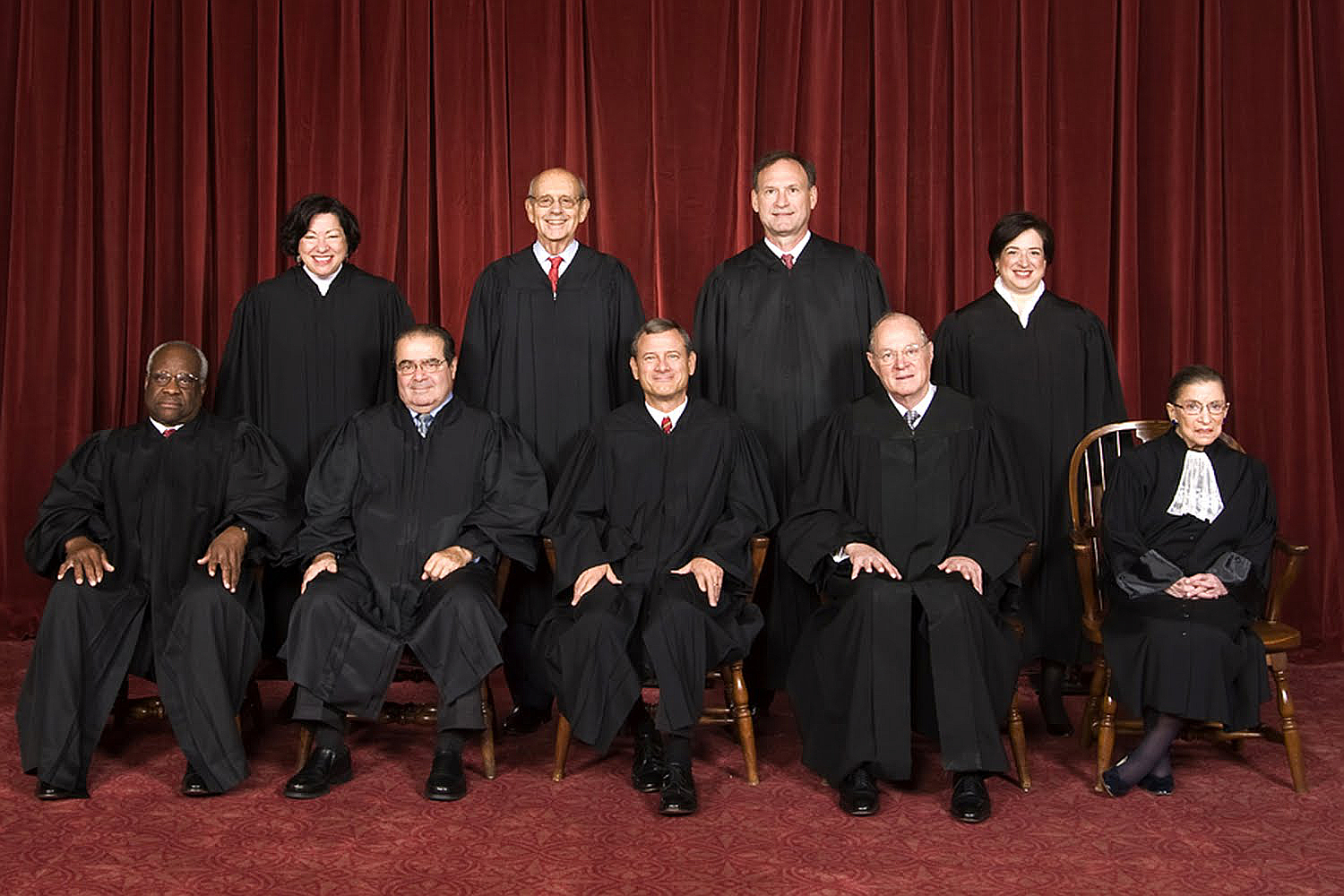A History of Supreme Court Vacancies in Presidential Election Years

On September 19, 2020, the passing of U.S. Supreme Court Justice Ruth Bader Ginsburg sparked immediate speculation as to whether President Donald Trump would replace her as his first term draws to a close. Republican Senate Majority Leader Mitch McConnell vowed to bring Trump’s nominee to a vote, even though he had blocked President Barack Obama’s nomination of Merrick Garland just four years earlier because it was an election year.
According to the New York Times, this Supreme Court vacancy is the second-closest to an election ever, eclipsed only once when Chief Justice Roger B. Taney died 27 days before the 1864 presidential election. President Abraham Lincoln delayed his nomination of Salmon P. Chase until after he won reelection.
The History
Since 1900, there have been several nominations and confirmations of Supreme Court Justices in presidential election years:
- On March 13, 1912, Republican President William Taft nominated Mahlon Pitney to succeed Justice John Marshall Harlan, who passed in October of 1911. A Republican-controlled Senate confirmed Justice Pitney five days later on March 18, 1912.
- On January 28, 1916, Democrat President Woodrow Wilson nominated Louis Brandeis to succeed Justice Joseph Rucker Lamar, who passed on January 2, 1916. The Democratic-controlled Senate confirmed Justice Brandeis on June 1, 1916.
- Only a month later, on July 14, 1916, President Wilson nominated John Clarke to replace Justice Charles Evans Hughes, who resigned from the Court on June 10, 1916. The Senate confirmed Justice Clarke on July 24, 1916.
- On February 15, 1932, Republican President Herbert Hoover nominated Benjamin Cardozo to succeed Justice Oliver Wendell Holmes, who retired from the Court on January 12, 1932. A Republican-controlled Senate confirmed Justice Cardozo on February 24, 1932.
- On January 4, 1940, Democrat President Franklin Roosevelt nominated Frank Murphy to succeed Justice Pierce Butler, who died on November 16, 1939. A Democratic-controlled Senate confirmed Justice Murphy on January 16, 1940.
- On November 30, 1987, Republican President Ronald Reagan nominated Justice Anthony Kennedy to succeed Justice Louis Powell, who retired on June 26, 1987. A Democratic-controlled Senate confirmed Justice Kennedy on February 3, 1988, by a vote of 97 to 0.
The Exceptions
Since 1900, aside from the Garland nomination mentioned above, only twice has a sitting President been unable to nominate and confirm a Supreme Court Justice during an election year.
On October 15, 1956, Justice Sherman Minton retired. Sitting President Dwight Eisenhower made a recess appointment of Justice William J. Brennan to the Court because the Senate had already adjourned for the year. Justice Brennan was formally nominated and confirmed by the Court in 1957.
In 1968, President Lyndon B. Johnson nominated Abe Fortas to succeed Chief Justice Earl Warren. The Fortas nomination was subject to a bi-partisan filibuster because of ethical questions surrounding Fortas. However, President Johnson’s failure to nominate and confirm Justice Fortas to Chief Justice did not leave the Court with a vacancy because Chief Justice Warren Chief Justice Earl Warren remained on the bench.
Share This


